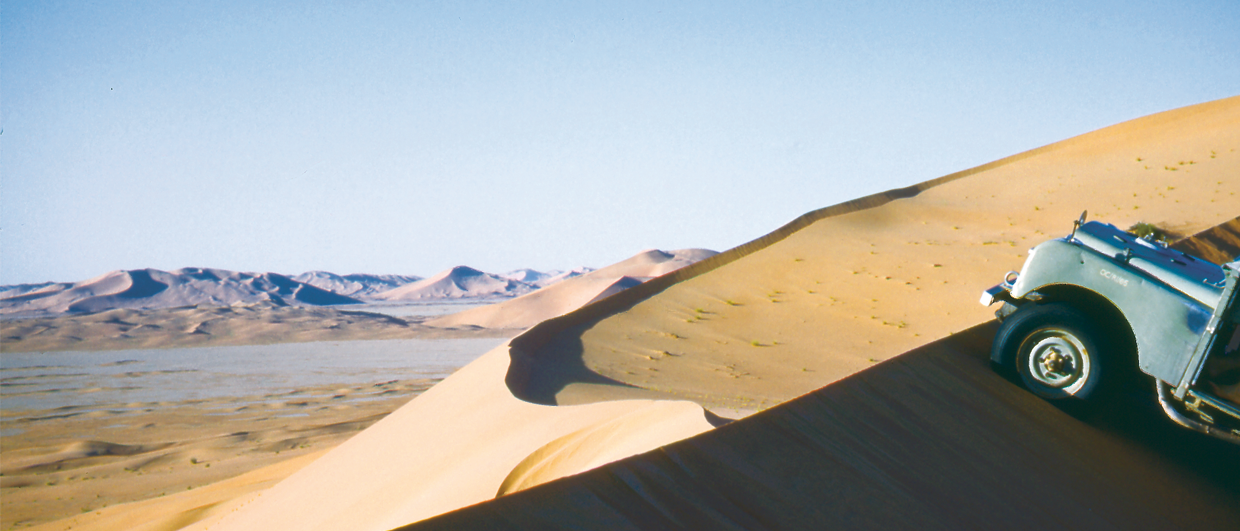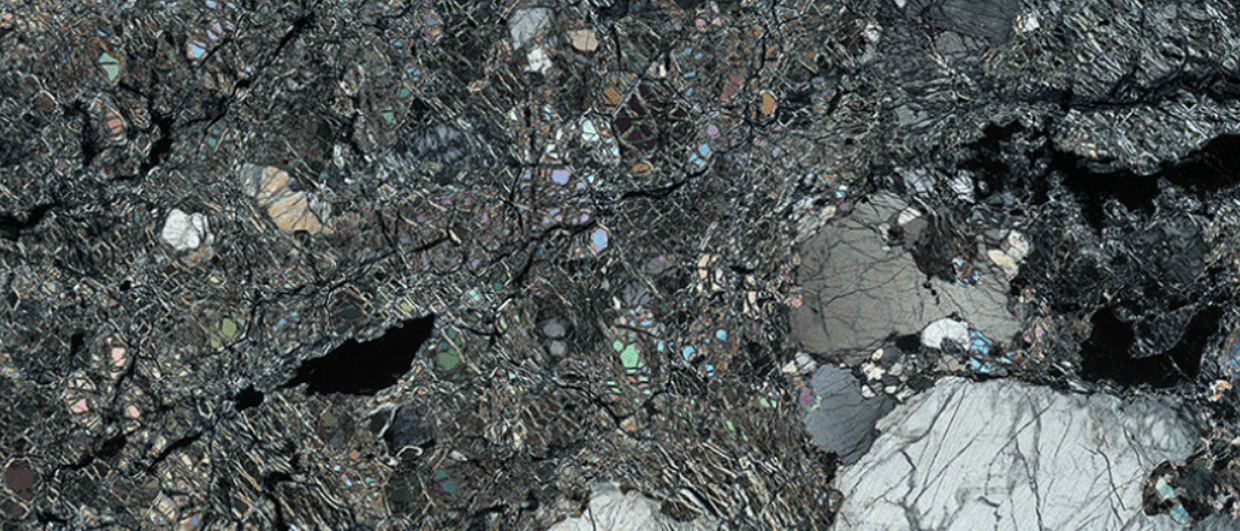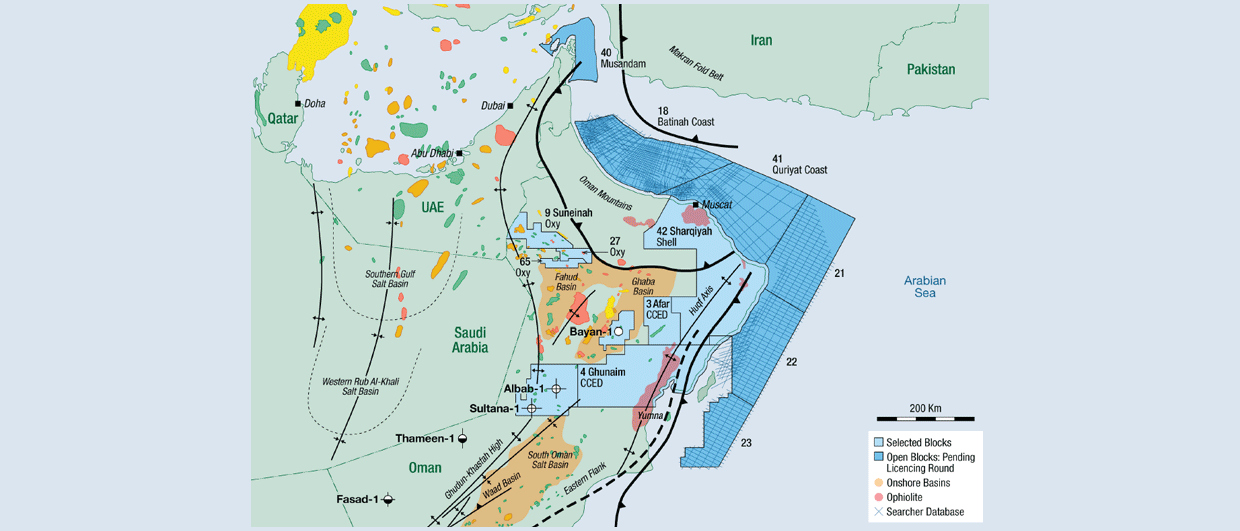The Beginning
In the Omani desert, a few miles inland from Nafun, lies a groundwater seepage in the Wadi Jurf. On approaching this spring, you can see streams of glistening salty water on the surface of dolomitic rocks that are fringed by ribbons of black algae. To the untrained eye, from the distance, it looks black like crude and could easily be mistaken for an oil seepage. This was the likely source of a rumour in the early 1920s that travelled all the way up the Omani coast, crossed the Arabian Gulf and reached the offices of the Anglo-Persian Oil Company in Abadan.
Until then, the history of geological exploration in Oman had been slender. There had been visits in 1901/2 by members of the Geological Survey of India to look for coal to keep it from falling into French or Russian hands. Then in 1904, the Government of India dispatched Guy Pilgrim to examine the countries surrounding the Arabian Gulf and Oman in search of oil. He reported that the oil prospects of Persia were more encouraging than on the other side of the Gulf.
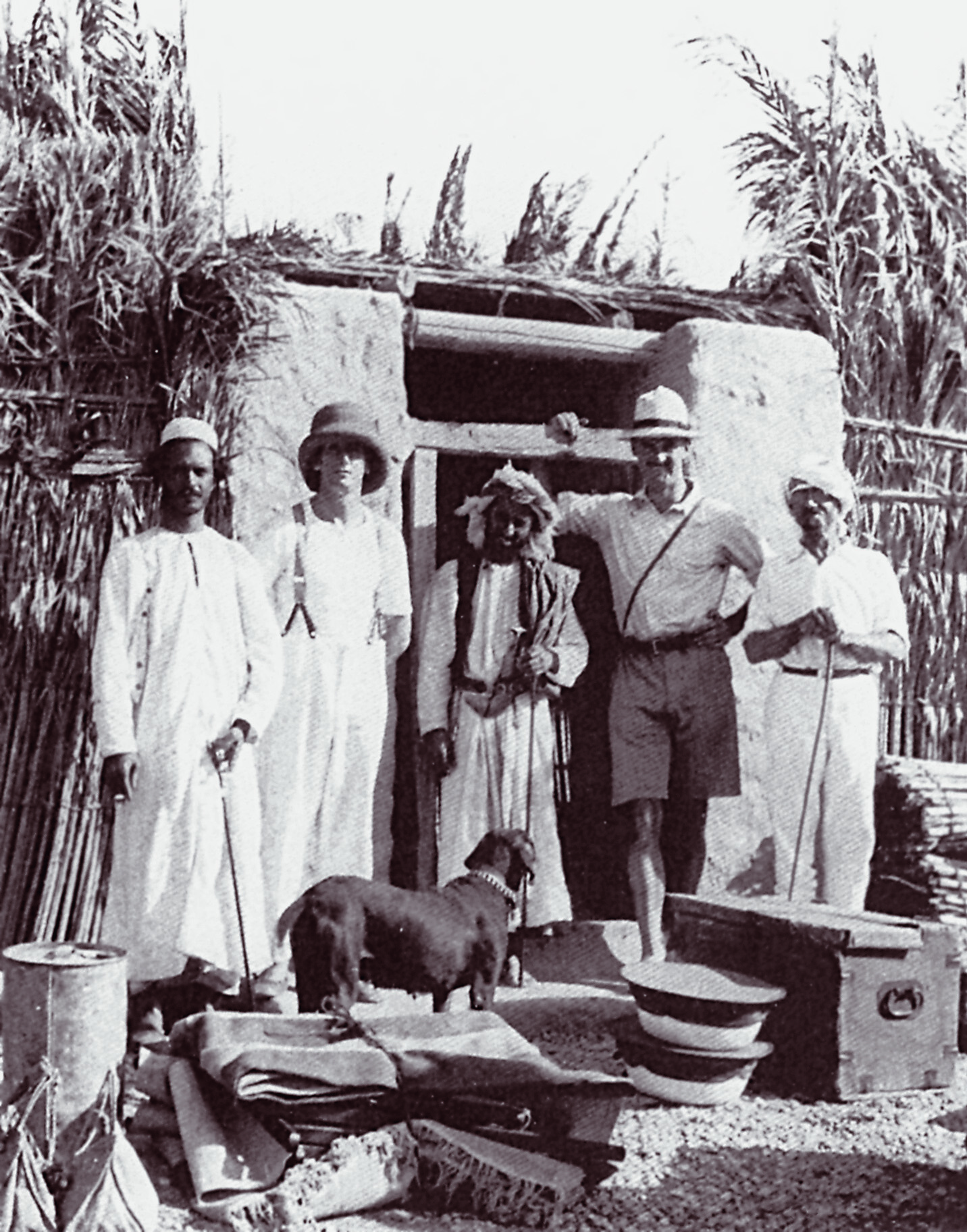
There matters rested until the 1920s when stories of Frank Holmes’ activities spurred Anglo-Persian into pre-emptive action (see The Emergence of the Arabian Oil Industry, GEO ExPro, Vol. 7, No. 6). Through its exploration arm, D’Arcy Exploration, the company obtained a two-year licence to prospect in Oman in 1925. The agreement ominously stated that certain parts of the territory were “not at present safe for its operations”, a reference to the volatile situation in the interior.
A survey party assembled in Muscat in November 1925. It included geologists George Lees and K. Washington Gray, with “Haji” Williamson (see GEO ExPro, Vol. 8, No. 3) as their guide. The party was able to penetrate the mountain country on camels, reaching Yanqul on the western side of the Hajar range. Because of tribal unrest, they were unable to visit one of the most interesting geological areas, the Dhahira plain, although Lees had noted that the plain was broken by several “hog-back anticlines”, which were possible indicators of oil traps.
They moved down the coast, landing near Nafun to investigate the reported oil seepage, but they were unable to locate it. Bertram Thomas recalled that the geologists had been “greeted by a hail of stones”. Lees aptly summarised the difficulties that lay ahead:
Systematic exploration of the Arabian Peninsula, or indeed its fringes, is greatly hampered by formidable natural barriers and by the still more serious obstacles caused by the independent spirit of its inhabitants.
In 1937, Iraq Petroleum Company (IPC), an international consortium of oil companies (see GEO ExPro, Vol. 6, No. 2), obtained concessions for Oman and Dhofar through its associate company, Petroleum Development (Oman and Dhofar) Ltd. The following year, company geologists travelled to Buraimi with the blessing of the ruler, Sultan Said bin Taimur.
The leading sheikh appeared to welcome them with open arms, but he was plotting to ambush them, seeing their arrival as a God-given opportunity for a “first class hold-up”. Although the geologists emerged unscathed from the ambush, their report was, of necessity, brief.
Disappointment in Dhofar
In 1939, the company organised an aerial reconnaissance and a brief land survey around Murbat. This revealed nothing of interest, apart from an odour of petroleum between two shale beds (which later turned out to be petrol that had leaked from oil drums which had floated to the shore). The rugged interior blocked any further investigation, and operations were suspended during World War II.
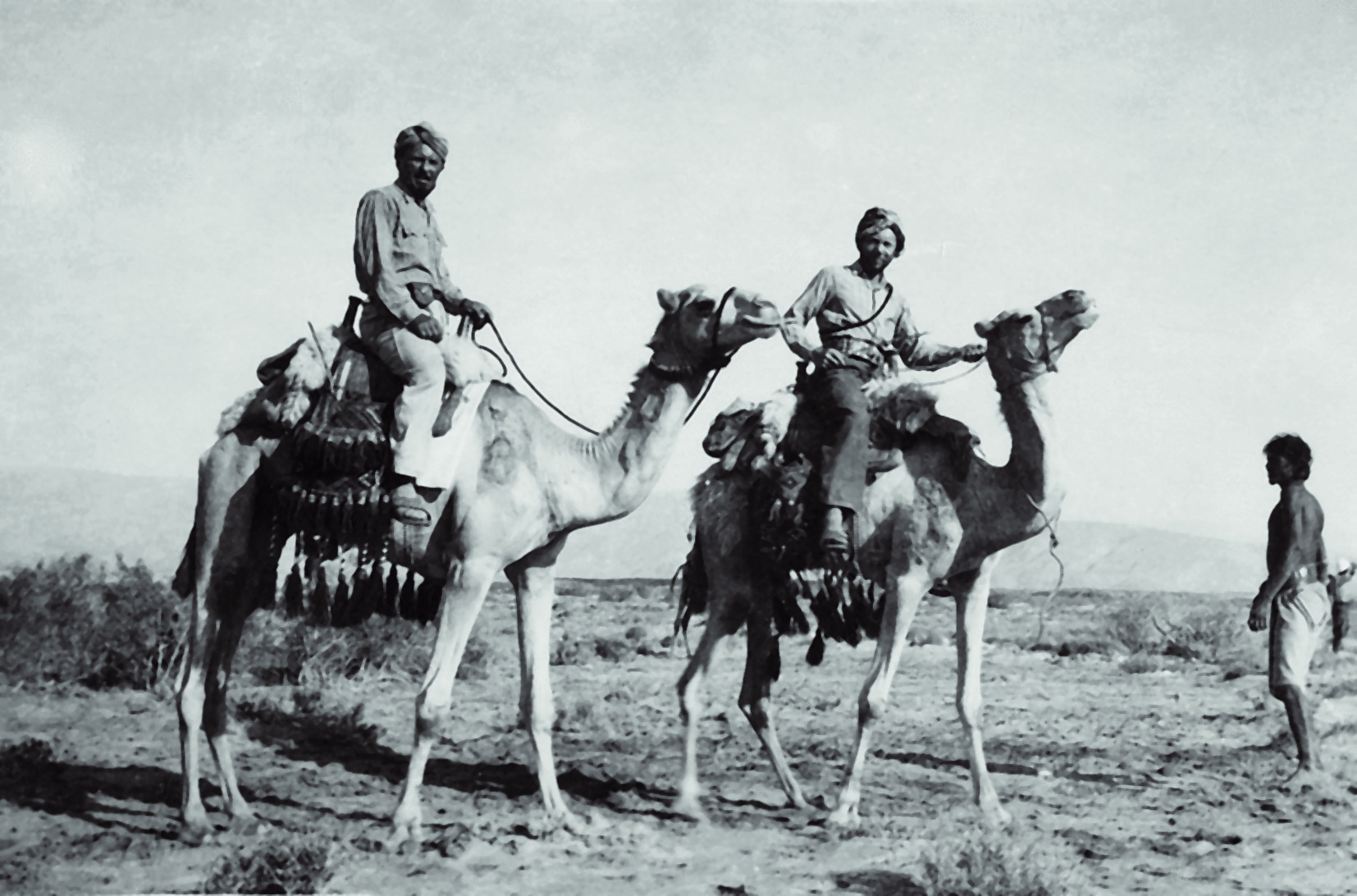
The success of Aramco’s exploration of eastern Arabia renewed interest in the regional geology of southern Arabia in the post-war years. However, IPC was committed elsewhere and reluctant to proceed in Dhofar. At the request of the Sultan, Sir Cyril Fox (formerly of the Geological Survey of India) carried out a brief survey and reported “potentialities of oil in Dhofar”.
IPC relented and, in February 1948, two IPC geologists, René Wetzel and the author’s father, Mike Morton, arrived in the main town, Salalah. Over the next six weeks, they carried out a camel-borne survey of the province, a gruelling, cumbersome journey of 600 km in a caravan of 76 camels. Their report recommended that Dhofar be rejected as an oilfield and, in December 1950, the company duly relinquished its concession.
In 1952, the Sultan granted a concession in the Dhofar region to Wendell Phillips, an American archaeologist with little knowledge of the oil business. Phillips assigned it to an American oil company, Dhofar-Cities Service Petroleum Corporation. The company spudded-in its first test-well at Dauka in April 1955, followed by three wells at Marmul between 1956–58.
The early signs were encouraging, but they did not last. The oil flow from Marmul declined on testing and the oil was too heavy to exploit commercially. Further disappointments followed, with low oil prices and the problem of loading crude on the coast during the monsoon season only adding to the difficulties. In 1967, after an expenditure of $40 to $50 million, and 29 wells sunk, the American companies relinquished the concession.
Central Oman Exploration
As World War II was drawing to a close, IPC re-confirmed its agreements with the Sultan in respect of Oman and Dhofar. In 1948 Dick Bird, the company’s representative in the Buraimi Oasis, negotiated separate agreements with individual sheikhs, but when he returned from leave he discovered that the Sultan had made his own arrangements with them.
Buraimi was considered the gateway to the real area of petroleum interest, Jebel Fahud, which had been sighted on a reconnaissance flight. But further tribal unrest persuaded IPC to put its plans for exploring central Oman on hold, a decision that was vindicated when a Saudi force occupied one of the Buraimi villages in September 1952.
By now IPC’s operating company had dropped Dhofar from its title to become Petroleum Development Oman (PDO). In a change of tactics, the company decided to approach Fahud from the south via Duqm Bay, which was suitable for a seaborne landing. This was known as Operation DeF, possibly signifying “Duqm Expeditionary Force”. The company had acquired a number of tank and infantry landing craft, ex-World War II stock, and financed a small force of native troops to provide protection (the Muscat and Oman Field Force).
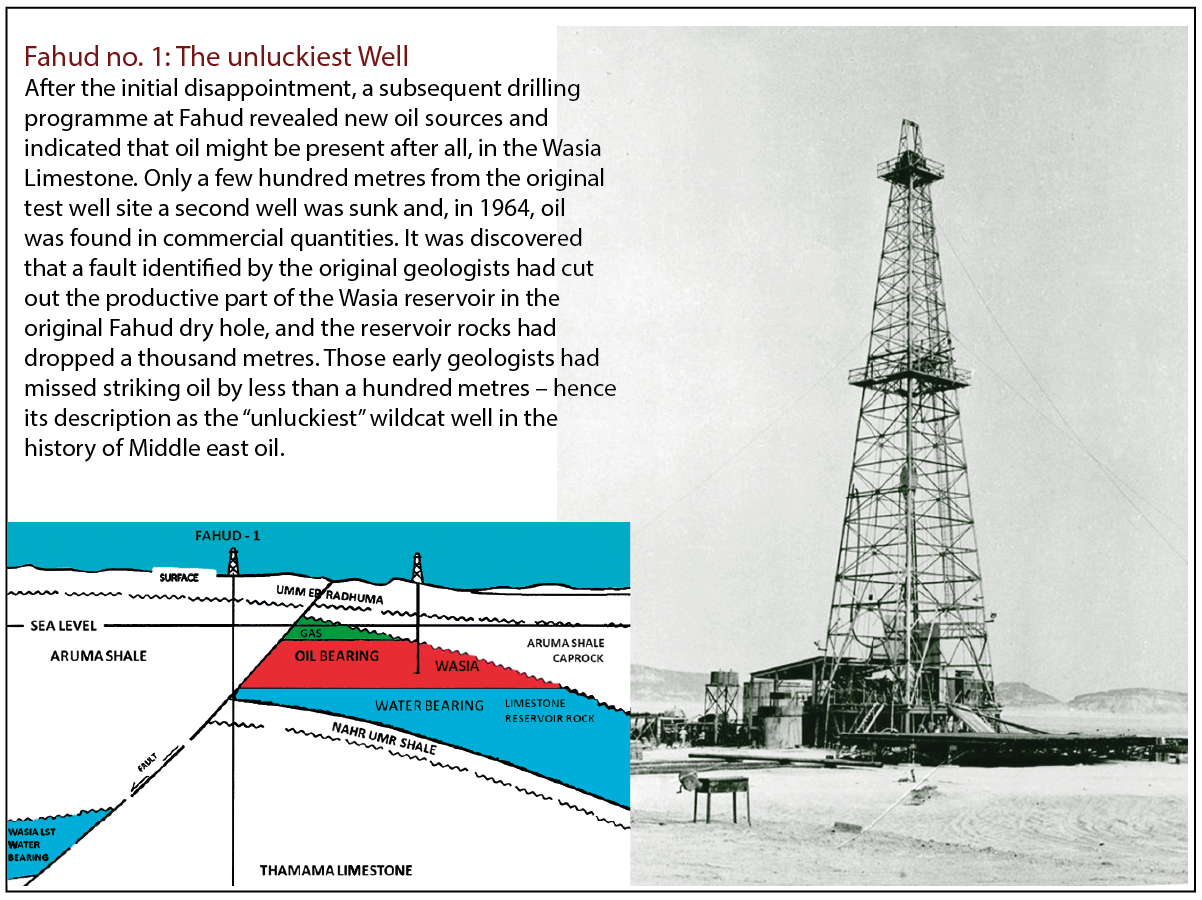
The landing took place on 15 February 1954 but, because of political difficulties, the party did not receive permission to proceed northwards until the autumn. On 21 October, two geologists and a guide arrived at Jebel Fahud, a low, hog-back structure rising 120 m above the surrounding plain.
The western half of the fold was covered by Tertiary limestones which by virtue of its preserved surface showed the true anticlinal shape. At the eastern end, erosion had removed this limestone from the crestal area, and a cirque with opposing scarps and dip slopes revealed older beds of rock. The well was spudded in January 1956 but abandoned 14 months later at a depth of 3,729 m in Ara salt.
Between 1956 and 1960, three further exploration wells were drilled, at Ghaba, Haima and Afar, and two seismic parties and a gravity party were at work, but there was still no indication of oil in commercial quantities. The global supply of crude oil exceeded demand, prices were low and political instability continued – these factors led to a major re-think of the Omani concession.
Three of the IPC partners decided to withdraw, leaving Shell (85%) and Partex (15%) as partners in PDO.
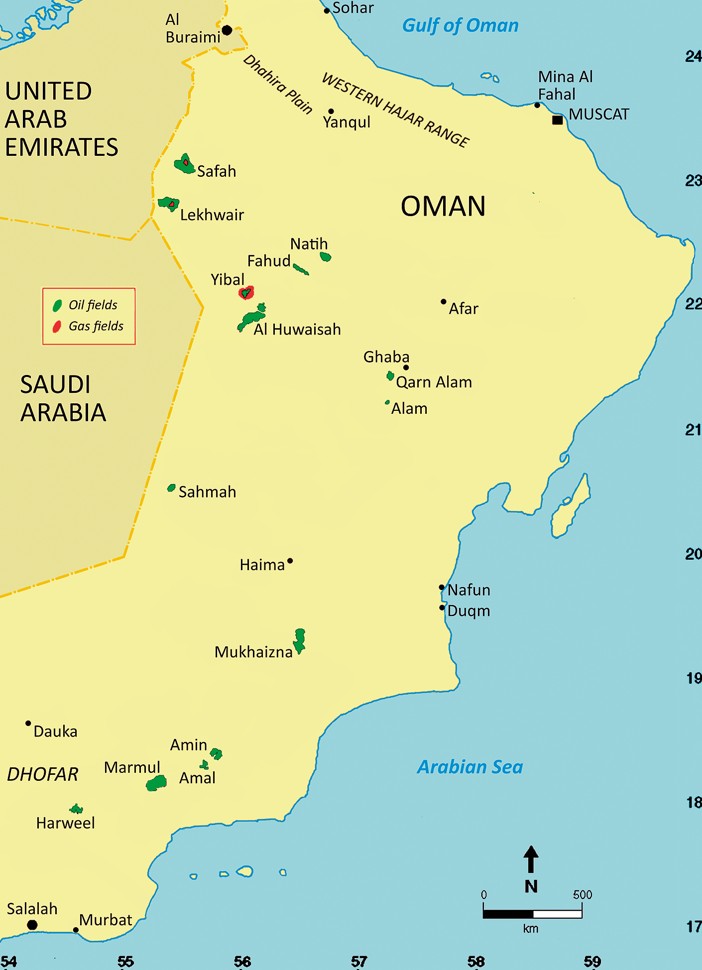
Shell Leads the Way
Royal Dutch Shell took over the management of PDO and undertook a comprehensive review of all the geological and seismic data. Hugh Wilson, Shell’s regional exploration manager, carried out a careful study of cores, cuttings and logs from the dry IPC wells. By then too, discoveries had been made in the Cretaceous Thamama in Abu Dhabi (GEO ExPro, Vol. 8, No. 3).
A new drilling programme was started in 1962, leading to the discovery of oil and gas in the Cretaceous Shuaiba and Wasia limestones in the Yibal oilfield 48 km south-west of Fahud. The Natih anticline, 20 miles north-east of Fahud, proved productive in 1963 from the Wasia limestone, followed by Fahud itself in 1964.
A pipeline of 276 km was laid from Fahud and Natih to the coast at Mina al Fahal, where a tank farm, moorings for sea-going tankers and a 20-megawatt power plant were built. The first export of Omani oil took place on 27 July 1967. The Government of Oman acquired a 60% stake in PDO in 1974.
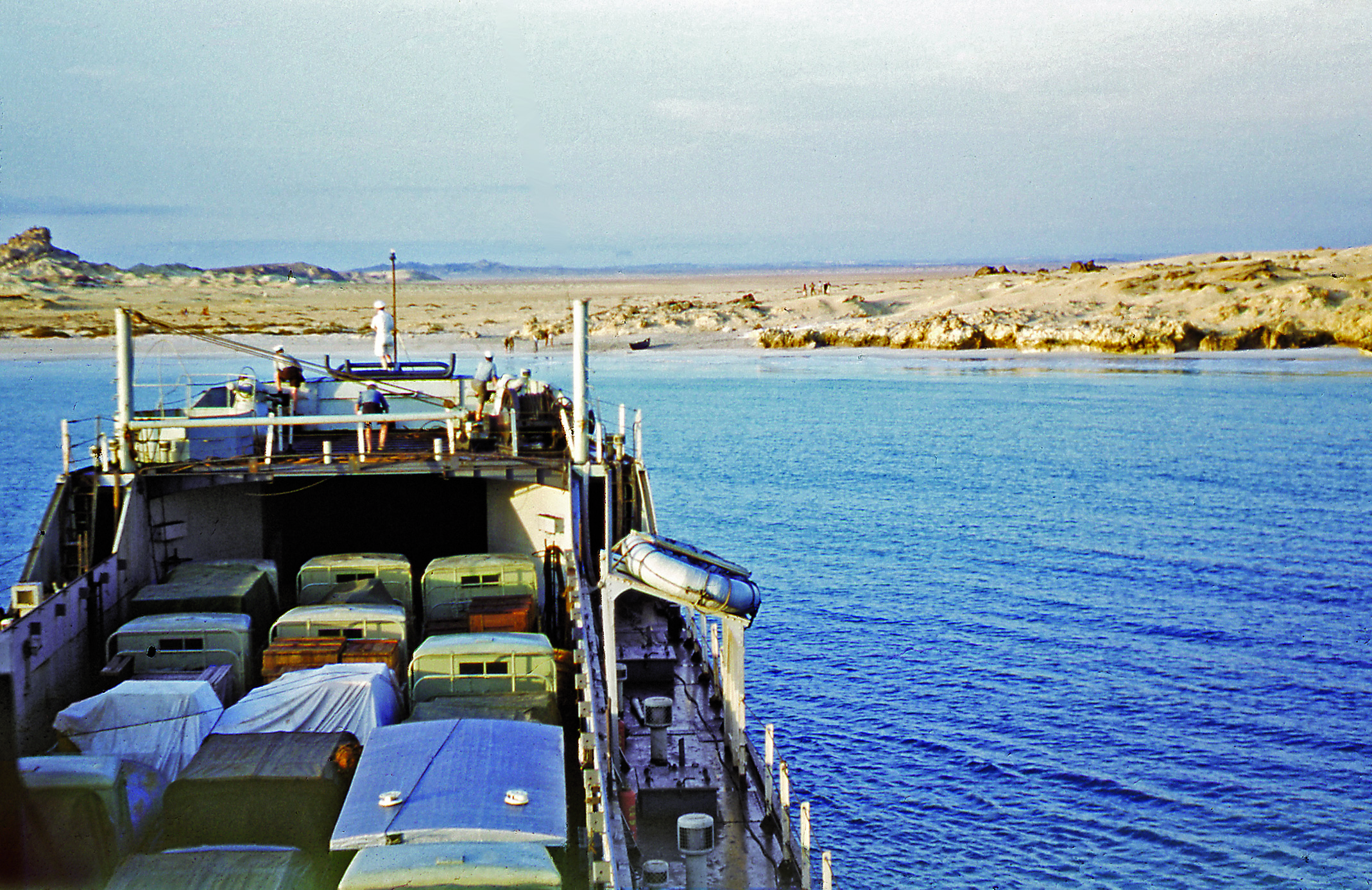
Oman Today
The country now has more than 150 oil fields, many of them rather small, complex and not as productive as those typical of the Middle East, with the result that production costs are proportionately higher. The largest fields in the north are Fahud, Yibal, Natih, Lekhwair, Al Huwaisah, and Safah, which produce a light or medium crude in the 30–42° API range, as well as gas.
The southern fields such as Marmul, Nimr, Mukhaizna, Amin and Amal produce heavier, more viscous crude in the 14–22° API range. As oil fields have matured – the “easy” oil having been extracted – the challenge facing PDO and the other oil companies which now operate in Oman is how to improve the amount of oil recovered.
A number of enhanced oil recovery projects are in progress or about to come on stream, including steam injection in Mukhaizna, Amal and Qarn Alam, polymer injection in Marmul, and miscible gas injection in Harweel. Overall, these methods appear to have had some success: from a peak of 970,000 bopd in 2000, oil production fell to 710,000 bopd in 2007 but is back to around 900,000 bopd today.
An awareness of modest remaining resources has led the government to recently introduce programmes to diversify the economy.
Acknowledgements: Thanks to Alan Heward, Nick Lee and Peter Morton for their assistance with this article.
Quentin Morton’s book Buraimi: The Struggle for Power, Influence and Oil in Arabia (ISBN: 9781848858183) is to be published later this year by I.B. Tauris Ltd

